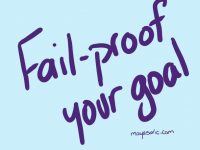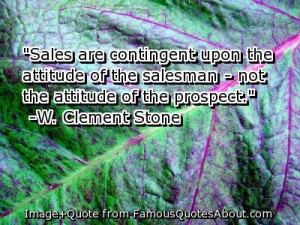We have all read about the importance of goals, yet the majority of people don’t really have them. Are we being lazy or is there a problem with goal setting?

The problem is with how we have been approaching goal setting. We sit ourselves down and come up with a list of things we want for ourselves. Whether the list is, written on the back of a napkin on New Year’s Eve or the result of a formal planning process meeting all the SMART goal rules, very few of us actually achieve these. Every time we fail at reaching a goal, especially one that was super important to us, we build resistance to goal setting. Nobody wants to prove to themselves, or anyone else who reads our bathroom mirrors, that we are a failure. Setting goals we didn’t achieve is unconscious proof, at the very least, that goals don’t work or, at worst, that we are a failure. Either way, why would you willingly do it again?
It’s better to never set goals than to keep setting goals you never achieve. You need to achieve some success to prove you can succeed and then you will be able to succeed going forward. You know this from kindergarten; when you get a gold star you work harder to get the next one.
How to set fail-proof, habit-goals and start changing your life.
- Set the bar so low it’s impossible to fail.
For example, if you wish to improve your fitness or change your body, start with a type of exercise that you can do wherever you are and in whatever you are wearing; like running on the spot for 5 minutes a day. Even if it means doing it at the side of your bed before you lay down to sleep, in the bathroom at airports, or before you sit down to enjoy entertainment (TV, social media, reading etc). No matter where you are in the world, how pressed you are for time and regardless of what you are wearing you could do this.
In terms of fitness/health/size outcomes doing this every day will do far more for you than jogging for 30 minutes once a week.
- Extend/intensify the habit so that it keeps being impossible to fail at.
There are several ways of extending any goal. Use the aspect that is easiest to achieve and move up in small increments. If time is your greatest hurdle don’t change that part of it. Change something else, like run with your hands on your head or by bringing your knees up to your chest. Anything so long as the extra limit is equally fail-proof. Introducing equipment like weights (on your ankles or in your hands) limits the venues you can do this so increases the likely hood of missing days and getting out of the habit.
- Don’t change existing habits, add new ones
If you have firmly established your 5-minute daily run at its maximal doable level (hands on heads and lifting knees to chest) you’re feeling ready to make more body improvements. It’s tempting to drop your simple routine and go big. Don’t stop doing those 5-minute runs to substitute another activity like; going to a gym or playing a sport. ADD ONE of these at a time as an additional separate habit. Remember to set up the new habit in a fail-proof way.
To learn more about making changes in your life and become a better you read The What Why and How of Getting into Action and the Myth of Motivation



